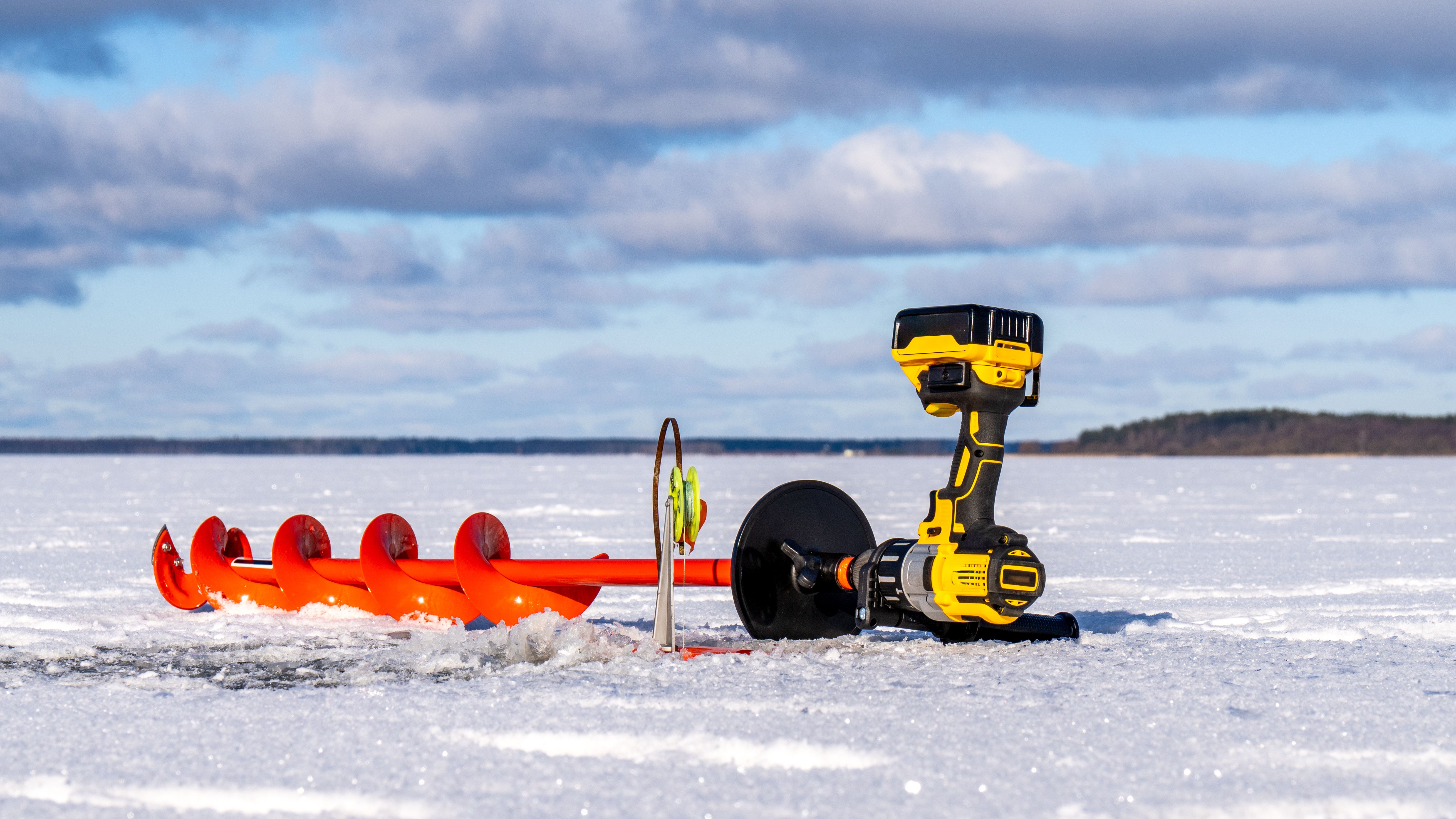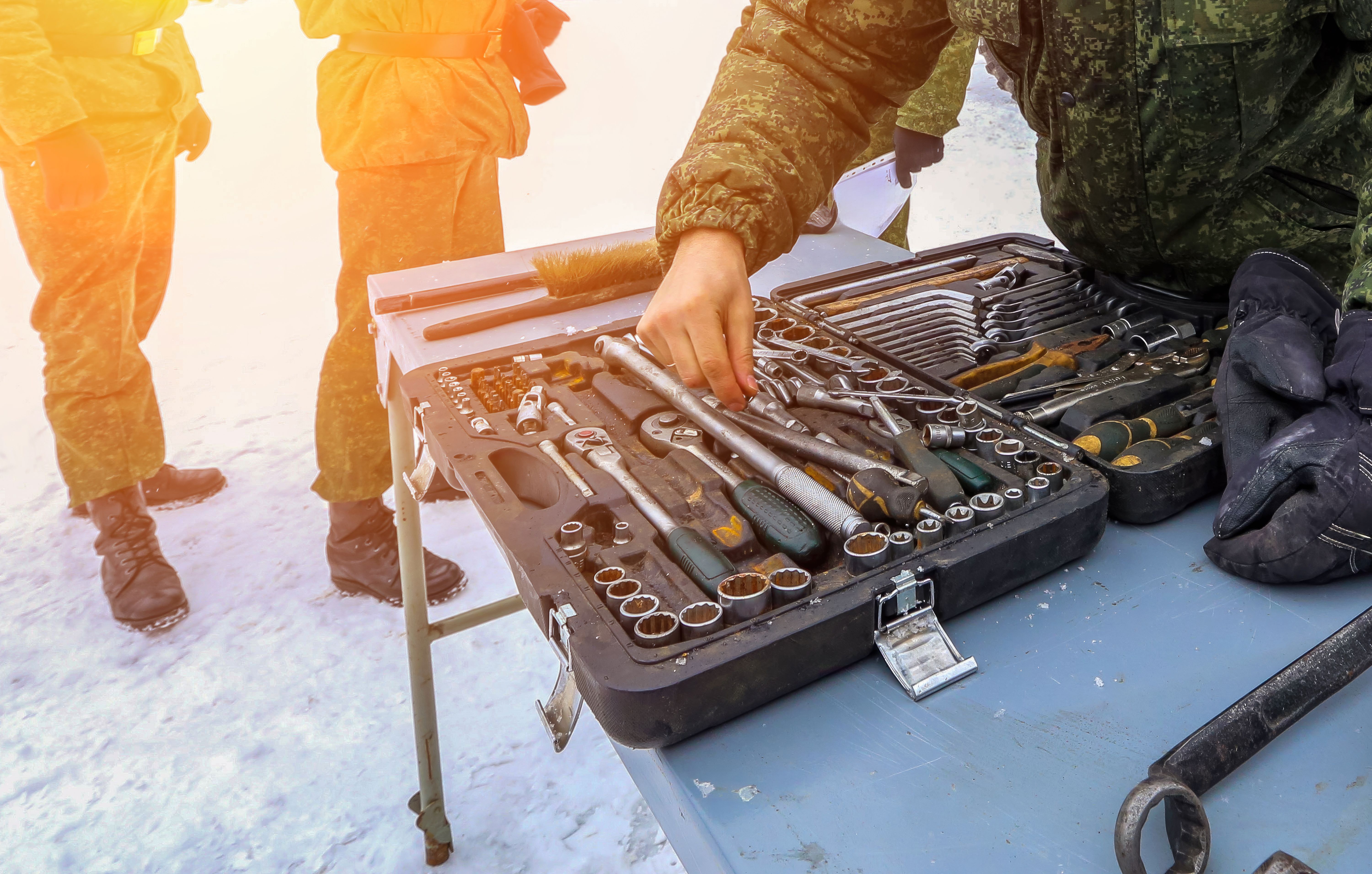How to Maintain Magnetic Drills in Cologne's Harsh Winters
RR
Understanding Cologne's Winter Challenges
Cologne's winters are known for their harsh and unpredictable weather conditions. With temperatures often dipping below freezing and frequent snowfall, maintaining your magnetic drills can become a challenging task. These conditions can cause metal components to contract, lubricants to thicken, and moisture to seep into the machinery. Understanding these challenges will help you take proactive measures to keep your equipment in top shape.
One of the primary concerns during the winter months is the risk of rust and corrosion. The combination of moisture and cold can wreak havoc on metal surfaces, especially if they are not adequately protected. Ensuring that your magnetic drills are properly maintained is crucial to avoid costly damages and ensure optimal performance.

Pre-Winter Preparation
Before the first frost hits, it's essential to prepare your magnetic drills for the cold season. Start by conducting a thorough inspection of each drill. Look for any signs of wear and tear, such as loose bolts or frayed wires, which can be exacerbated by cold weather. Addressing these issues early can prevent more significant problems down the line.
Next, focus on cleaning your equipment. Remove any accumulated dust, dirt, or debris from the drills. This will not only improve their efficiency but also reduce the risk of particles causing damage during operation. It's also a good idea to apply a protective coating or rust inhibitor to all exposed metal surfaces to shield them from moisture.
Lubrication and Storage
Proper lubrication is vital in cold climates. In low temperatures, regular lubricants can become thick and less effective. To combat this, switch to a winter-grade lubricant designed for low temperatures. This will ensure that all moving parts continue to function smoothly despite the cold.

When it comes to storage, always keep your magnetic drills in a dry, insulated environment. If possible, store them in a heated space or use heated blankets designed for tools. This will prevent moisture accumulation and keep the equipment at a stable temperature, reducing the risk of damage.
Regular Maintenance Checks
Throughout the winter months, schedule regular maintenance checks for your magnetic drills. This should include examining all electrical components for signs of damage caused by the cold. Pay special attention to batteries, as they tend to lose charge more quickly in low temperatures.
Ensure that all connections are secure and that there is no evidence of corrosion or rust. If you notice any issues, address them immediately to prevent further deterioration. Regular maintenance not only prolongs the life of your equipment but also ensures safety during operation.

Operational Best Practices
When using magnetic drills in cold conditions, it's essential to follow best practices to avoid unnecessary wear and tear. Allow the equipment to warm up before use, as sudden exposure to cold can cause metal fatigue. Gradually increase operational intensity to let all parts adjust to the working environment.
Additionally, be mindful of how you handle the equipment. Wearing insulated gloves can prevent your hands from becoming too cold and help maintain a firm grip on the tools. This reduces the risk of accidents and ensures that you operate the drills safely.
Conclusion
Maintaining magnetic drills during Cologne's harsh winters requires diligence and attention to detail. By preparing your equipment ahead of time, ensuring proper lubrication and storage, conducting regular maintenance checks, and following operational best practices, you can keep your tools in excellent working condition throughout the season. With these strategies in place, you'll be well-equipped to tackle any drilling tasks that come your way during the winter months.